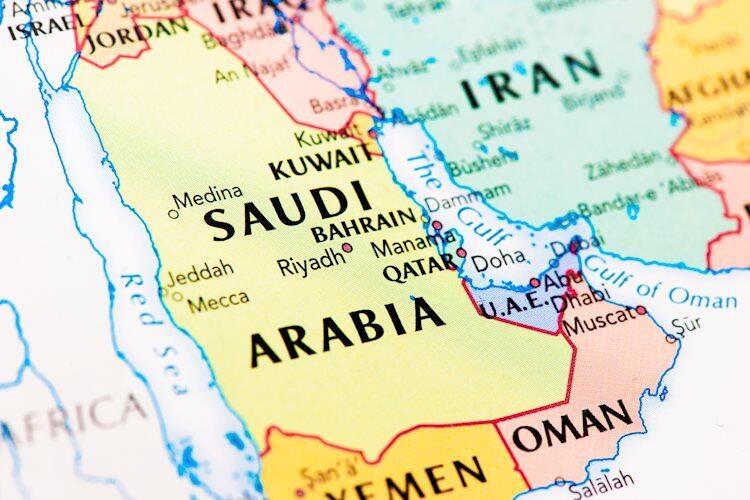It is well known that Saudi Arabia’s Public Investment Fund (PIF) aims to become a 1 trillion-dollar fund by 2025. To reach this goal, Saudi Arabia transferred a $164 billion stake in Aramco to PIF, propelling it to the second-biggest fund in the Middle East.
Similarly, the Kuwait Investment Authority, the third largest in the region, has increased its assets under management reaching an outstanding $923 billion thanks to one of its strongest fiscal years on record amid a broad market rally (Bloomberg News).
The third competitor for the trillion-dollar crown is Abu Dhabi Investment Authority, the region’s largest Sovereign Wealth Fund (Sovereign Wealth Fund Institute). Abu Dhabi has three wealth funds, ADIA, Mubadala, and ADQ, for a total of about $1.5 trillion in sovereign wealth capital. Abu Dhabi has just launched a technology investment firm that could surpass $100 billion in assets under management. This fund is already in competition with PIF’s controlled investment fund Alat, which intends to invest $100 billion in tech and AI by 2030.
What is the Saudi Crown Prince’s plan?
Behind PIF, the Saudi leadership wants an assertive fund that backs companies and invests in high-return sectors, so the country can replace its oil fields once they dry up. This ambition is fully reflected in Crown Prince MBS’s Vision 2030 plan, with its 47 mega projects, among which the 500-billion-dollar smart city NEOM shines. PIF’s investment plans aim to create a future prosperous economy that focuses on AI, clean energy, sports, and tourism.
The PIF’s high-profile investments in foreign firms include stakes in Uber, electric car maker Lucid, and video game company Activision Blizzard. Additionally, Saudi Arabia has acquired soccer teams like New Castle, spending billions of dollars on sports, particularly football, Formula One, golf, and tennis. Saudi Arabia is also the front runner to host the FIFA World Cup in 2034. In spite of its global ambition, Saudi domestic investments constitute 77 percent of PIF’s portfolio. Among these are the 500-billion-dollar megacity NEOM, as well as the Red Sea floating industrial city Oxagon, and the entertainment and tourism megaproject city Quiddya. Saudi Arabia also has large tourism ambitions, and through PIF-owned Riyadh Air, in 2023, the government announced its plan to transform the capital into “a gateway to the world,” seeking to grab a piece of the global travel market currently led by the UAE.
Conclusion
In conclusion, as the GCC’s Sovereign Wealth Funds compete for global dominance, we’ll see a significant shift in investment priorities. Energy revenue will flow into new sectors like green hydrogen, AI, smart cities, and tourism. While both Saudi Arabia and the UAE will be aggressive competitors, Saudi Arabia’s ambitious Vision 2030 plan positions it as a potential front-runner. The success of the Public Investment Fund’s massive domestic projects, alongside its international investments, will be a key factor in determining whether Saudi Arabia achieves this goal. This race for the future promises a shift in investment and political power, with the “Magnificent Three” Gulf countries attracting talent and companies as they move away from oil and embrace cleantech and cutting-edge technologies.
